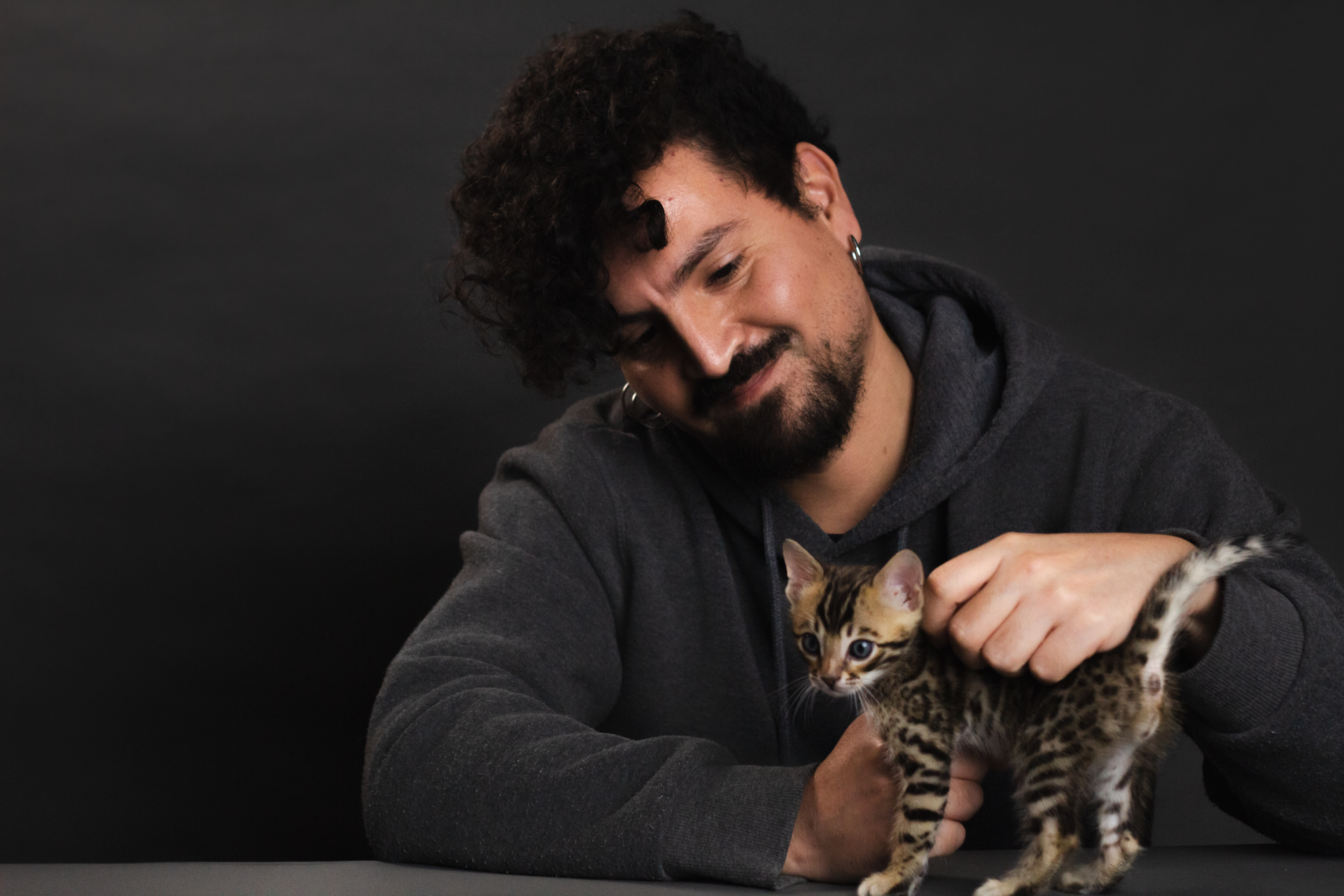Choosing the Best Cat Food: it is possible?
- Rubens J. J.

- Jul 5, 2020
- 4 min read
Updated: Jan 2, 2021
We will never know what we are really eating unless we eat only vegetables and meat from our own gardens and farms. Well, the pet food market is even more complex. If the scientific community doesn’t really know for sure what our pets should and should not eat… Can we?

When we tamed the cat and the dog and brought them into our homes, we brought with them the moral responsibility to give them a decent life. How can we do this if we cannot guarantee them biologically appropriate nutrition? Is it possible to supply what they would eat in nature? If they are strict carnivores, does that mean they should only eat meat?. Not quite right. A wild cat that hunts a rodent in the forest also consumes what it carries in its stomach, or at least the nutrients extract from it. The prey diet is part of the hunter's diet. It is a cycle. However, this does not mean that vegetable protein and grains should be a main ingredient in your cat's food.
In fact, it is ideal your cat's food has small amounts of vegetables, fruit, and botanicals. Cats don’t need carbohydrates as they are empty calories that provide poor nutritional value. This doesn’t mean that they are bad but they surely are not great news either. In order to ensure the right balance between meat and carbs we must look at the ingredients detailed on the packaging. There are specific regulations that govern how ingredient lists must be presented on the label. They are in decreasing order. Look at the tops of the list, there is the real deal. Actually, we have to pay special attention to the first three ingredients. With luck they are meat, but saying "meat" is insufficient, it must say if it is chicken, salmon, lamb, etc. Now look at the quality of them. It is not the same to say fresh chicken than chicken meat, chicken fat, chicken meal, fresh boneless chicken, chicken by-product or chicken by-product meal. Beware when you find the “by-product” word. That means less valuable product or even a residue from another production process. Although residue is not necessarily a waste. However, in poor quality cat food the by-product label can means feathers, beaks or nails. But again, it this wrong? We need to go deeper to get that answer. You can read more in this article from Pets Magazine from Singapore.
If we cannot access a superior quality food, with three ingredients of animal origin at the head, is it the end of the world? Not necessarily, but ideally, at least the main ingredient should be meat, and of a fairly high quality. Then we must be careful not to have an excess of carbohydrates. Inappropriate products can generate harmful effects ranging from allergies to organic failure. Grain-free foods will always be a good choice? Not always, it depends of their carbs levels. Read more here
You also may consider the percentage of protein, fat and humidity. Protein should range from 25% to 40%. However, we could go further and look for specific values for the special requirements of some breeds. A very active breed like Bengal, could benefit from a higher protein level. Hairless breeds, sensitive to low temperatures (sphynx and peterbald) could take advantage of a higher proportion of fat. Also, watch out, receiving food with a low percentage of humidity is harmful; so it is recommended to supplement dehydrated food with wet food, hopefully more than three times a week.

Additives are another tricky part in the mix. There is a big concern about the effects of some chemicals used in food processing. Some of the most controversial synthetic antioxidants are Tertiary Butylhydroquinone (TBHQ or E319), Butylated Hydroxyanisole (BHA or E320), Butylated Hydroxytoluene (BHT or E321), Ethoxyquin (EQ or E324). Among other things, they are accused of being potentially carcinogenic. Some of them have been banned in Australia, Canada, Japan and some countries in Europe. In others, such as the United States, they have only restricted their use to certain limits established by law. But, although the food we have chosen has a very low concentration of these antioxidants, our pet receives that dose daily, for the their entire life. It would be wise to avoid these components; however, other foods may contain other, but less known, potentially dangerous additives.
Finally it is important not to get carried away by the labels. Natural, organic, holistic and similar products are very popular right now; but most of it is pure advertising. Let’s go further. A product labeled "natural" does not necessarily mean that its ingredients have not being processed or modify. The title "organic" only guarantees that a certain percentage is truly organic. Holistic is an even more ambiguous concept, although they promise non-artificial and non-genetically modified organisms. But evading and tracking GMOs is a really difficult task even in the human food industry.

So, in conclusion, it is almost imposible to just read a pet food ingredient list and decide whether the ingredients are going to be good nutrition for your pet. It is a mix between knowing some basics, doing a proper research to improve your knowledge constantly and trying to get your own experience. A good quality food is usually shown in a soft and shiny hair, gaining weight in muscle mass (not in fat) and having less pet poop in a quantity, which is not too hard or too soft, with no that much smell. It this your case? Not really? Time for a change.





Comments